Best Way To Accept Payments for Your Small Business
Starting & running a small business means you have to find a way to accept payments for your small business. Learn more about the best options here.
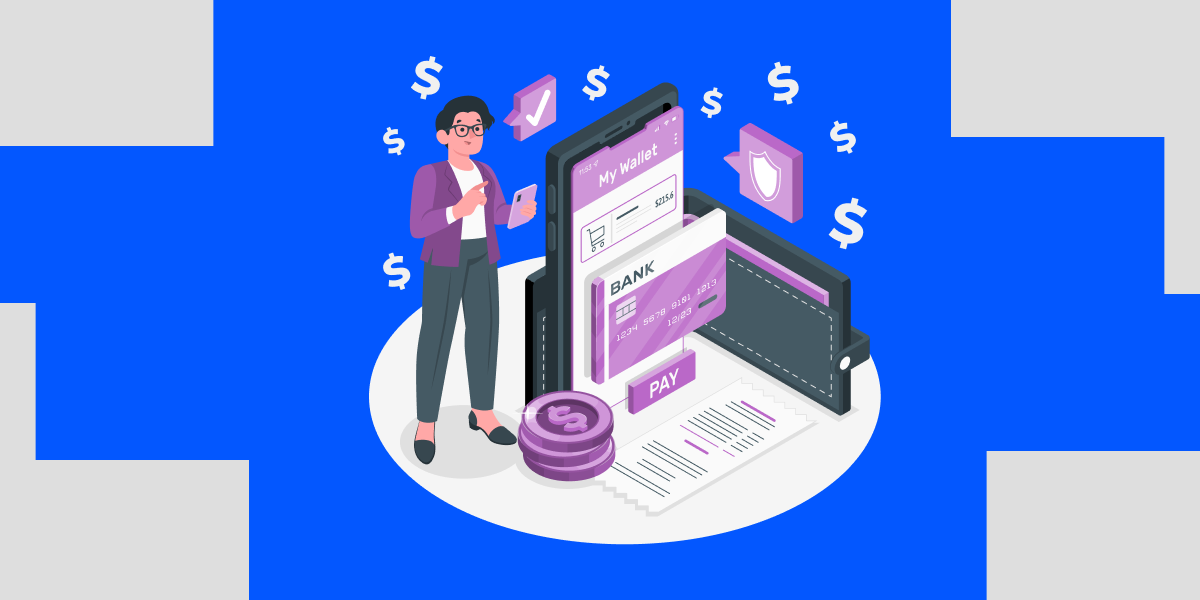
Navigating through the world of ever-evolving payment options can be overwhelming. In order to make sure you pick the right payment options for your business, it’s important to carefully examine all of the options.
Here we’ll explore everything you need to know about accepting payments for your small business, ensuring your business thrives and leaves a lasting impression on your customers.
Jump To...
Why Contactless Payments are Here to Stay | The Best Options for Accepting Payments for Your Small Business | Small Business Online Payment Options Using Software Solutions | Small Business Payment Best Practices | Make It Easy for Yourself and Customers
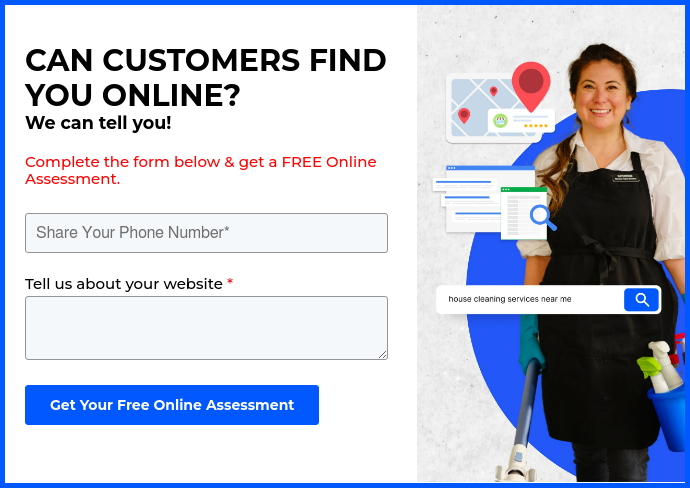
Why Contactless Payments are Here to Stay
The COVID-19 pandemic has significantly impacted the way businesses operate, particularly in terms of payment methods.
As the world continues to adapt to a post-pandemic landscape, contactless payments are poised to become the norm, making it crucial for businesses to embrace this technology to remain competitive and meet evolving customer expectations.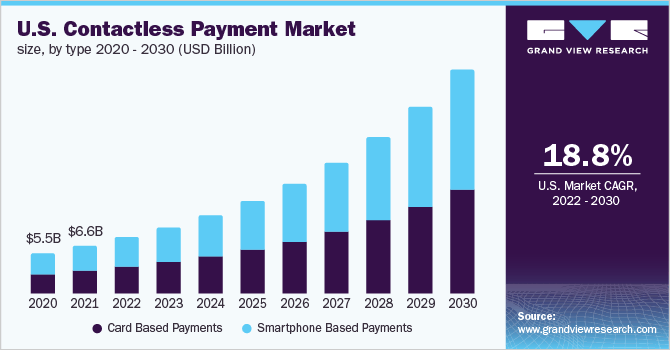 Source: Grand View Research
Source: Grand View Research
Contactless payments are increasingly becoming the preferred option for many consumers, as they offer a safer and more convenient alternative to cash and traditional card payments.
Some are initially resistant to adopting contactless payments; however, there are several compelling reasons why this payment method is here to stay.
Increased Consumer Demand
In 2021, a survey by Mastercard found that most people around the world like to use contactless payments because it's safer and cleaner. A new study by Visa in 2022 showed that even after the pandemic, most people still want to use contactless payments.
Enhanced Safety and Hygiene
Contactless payments minimize physical contact between customers and service providers, reducing the likelihood of spreading germs. This is particularly important for home services and small business owners, as they often work in close proximity to clients and customers.
Faster and More Convenient Transactions
Contactless payments are not only safer but also faster and more convenient than traditional payment methods. Customers can simply tap their card or mobile device to complete a transaction, eliminating the need to handle cash or insert a card into a reader.
Improved Security
Contactless payments offer enhanced security features, such as tokenization and encryption, which help protect sensitive customer data. As a result, the risk of fraud and data breaches is significantly reduced compared to traditional payment methods.
Compatibility with Mobile Payment Solutions
Mobile payment solutions like Apple Pay and Google Pay are becoming increasingly popular. These solutions rely on contactless technology, which means that businesses accepting contactless payments can seamlessly integrate mobile payment options.
The Best Options for Accepting Payments for Your Small Business
When searching through all of the payment options for small businesses, it's crucial for business owners to understand the differences and choose the right options that cater to their customers' preferences while also streamlining their operations.
In this section, we will explore the best options for you to accept payments for your small business.
In-Person Payments
In-person payments remain an essential aspect of many small businesses, particularly for brick-and-mortar stores and service-based businesses where face-to-face interactions are common.
There are several options available for accepting in-person payments:
- Credit and Debit Card Processing: This is one of the most popular forms of payment. To accept card payments in-person, you'll need a point-of-sale (POS) system or a card reader that can process transactions. Some popular options for small businesses include Square POS and Vend.
- Mobile Payment Solutions: Mobile payment solutions are gaining popularity among consumers and are particularly well-suited for businesses that operate on the go or provide services at clients' homes. These solutions allow you to accept payments using a mobile device, such as a smartphone or tablet.
- Cash Payments: Although digital payment options are becoming increasingly popular, cash remains a widely used payment method, particularly for small transactions. As a small business owner, it's essential to have a reliable cash management system, including a secure cash register and accurate record-keeping.
Offering a variety of in-person payment options, including credit and debit card processing, mobile payment solutions, and cash, ensures that your small business can cater to diverse customer preferences.
By providing a seamless and convenient payment experience, you can increase customer satisfaction, loyalty, and ultimately, your business revenue.
Debit Card Payments and Credit Card Payments for Small Businesses
Debit and credit card payments are essential for small businesses, as they allow customers to pay using their preferred method, which can lead to increased sales and customer satisfaction.
There are a few main ways to accept debit and credit card payments:
Virtual Terminal
A virtual terminal is a web-based application that allows businesses to process card payments without the need for a physical card reader. This option is particularly useful for small businesses that process payments over the phone, by mail, or for online orders.
- For example, GoSite integrates with Stripe for these types of payments. You can take payments over the phone or send payment requests virtually. Try GoSite Payments for FREE!
To use a virtual terminal, you'll need to enter the customer's card information manually, and the payment is processed securely by the payment gateway.
Card Reader
Card readers are portable devices that enable businesses to accept card payments in-person by connecting to a smartphone or tablet. If your business needs a “swipe” solution, then card readers are best.
Popular card readers for small businesses might include:
- Square
- PayPal
- SumUp
Readers are the best option for retail and restaurants.
POS- Point of Sale
A point-of-sale (POS) system is an all-in-one solution that combines payment processing, inventory management, customer management, and reporting.
A few of the best POS systems for small businesses include Clover, Shopify, and Vend.
POS systems are ideal for medium to large businesses that require more advanced features and can benefit from an integrated system.
Bank Transfers
Bank transfers, often referred to as wire transfers or electronic funds transfers (EFT), stand out as our top choice for businesses due to their secure nature and virtually chargeback-proof advantages.
Here's what you need to know about accepting bank transfers for your small business:
- Set up a business bank account: To receive bank transfers, you'll need a dedicated business bank account. This not only makes it easier to manage your finances but also helps establish your business's credibility.
- Safely facilitate your transactions: Provide your customers with the necessary information to send a bank transfer, but do not provide your actual bank account details. Instead, make use of virtual transfer solutions like Stripe alternatives which allow for the secure exchange of funds.
- Monitor and record transactions: Regularly check your bank account for incoming transfers and maintain accurate records of all transactions to ensure proper accounting and tax compliance.
These transfers allow for the seamless movement of money between bank accounts, making them an excellent option for businesses handling sizable transactions, recurring payments, or catering to international clientele.
Paper Checks
- Paper checks have declined in popularity due to the rise of digital payment options, but some customers may still prefer to use them for larger transactions or certain industries.
- However, paper checks are not the ideal option for small businesses. They make record-keeping difficult and contribute to a less-than-complete digital records and ledgers. Plus, any physical paperwork is inherently at risk of human error.
Cash Payments
Although cash is still a prevalent payment method, especially for small transactions or businesses in certain industries, it may not be the most ideal option for small businesses. There are several reasons why cash payments can pose challenges:
- Increased security risks: Handling and storing cash securely requires investment in high-quality cash registers or lockboxes. Limiting access to authorized employees also adds an extra layer of complexity compared to digital payment methods.
- Complex handling procedures: Training employees on proper cash handling procedures, such as counting money in front of customers, verifying bill authenticity, and providing accurate change can be time-consuming and prone to human error.
- Risk of theft or loss: Regularly depositing cash into your business bank account is essential to minimize risk; however, this task takes up valuable time that could be better spent on other aspects of running your business. Keeping minimal amounts of cash on hand also limits potential losses but may not entirely eliminate them.
- Record-keeping challenges: Accurate record-keeping for all cash transactions is critical for both accounting and tax compliance purposes. However, tracking daily receipts, deposits, and discrepancies can be labor-intensive compared with more automated digital transaction records.
By reconsidering reliance on cash payments in favor of offering a variety of alternative options – such as credit/debit cards, mobile wallets, online transfers – small businesses can streamline their operations while catering to diverse customer preferences and providing a more secure payment experience.
Small Business Online Payment Options Using Software Solutions
The rise of e-commerce and digital technology has led to an increased demand for online payment options. For small businesses, offering convenient online payment solutions can help attract more customers, increase sales, and streamline operations.
Here are some popular software solutions for accepting online payments:
Cash Apps (Venmo, Paypal, etc)
Cash apps have become popular among consumers for their convenience and ease of use.
- Venmo allows users to send and receive money instantly. Businesses can create a Venmo business profile to accept payments, with a transaction fee of 1.9% + 10¢
- PayPal enables businesses to accept payments through their website or app. PayPal offers a variety of payment solutions, including PayPal Checkout, PayPal Payments Standard, and PayPal Payments Pro, with fees ranging from 2.9% + 30¢ to 3.49% + 49¢ per transaction.
Many small businesses have begun to adopt these apps as a way to accept payments online or in person, but they are not the best option for small businesses. They may be convenient – but when it comes to security and personalization, they are far outstripped by other payment options.
Many cash app vendors strongly discourage people from using their services for business purposes. Payments to wrong vendors and long holding periods are also prevalent for PayPal, Venmo, Kik, and other cash apps.
Point-of-sale (POS) Systems
POS systems are effective, but are only necessary for brick-and-mortar stores.
- Square offers a comprehensive suite of payment solutions, including e-commerce integrations, invoicing, and virtual terminals. Transaction fees for online payments start at 2.9% + 30¢ per transaction.
- Shopify POS is an all-in-one solution for businesses that use Shopify for their online store. Shopify offers a range of online payment options, including Shopify Payments, with transaction fees starting at 2.4% + 30¢ per transaction, depending on your plan.
Stripe

Stripe is a popular payment processing platform designed for businesses of all sizes.
Key features of Stripe include:
- Accept a wide range of payment methods, including credit cards, digital wallets, and international currencies.
- Integration with popular e-commerce platforms and accounting software.
- Advanced security features, such as fraud detection and tokenization.
- Transparent pricing, with fees starting at 2.9% + 30¢ per transaction.
Stripe offers a range of payment solutions, including online payments, subscriptions, and invoicing.
Quickbooks
QuickBooks, a popular accounting software, also offers online payment solutions for small businesses.
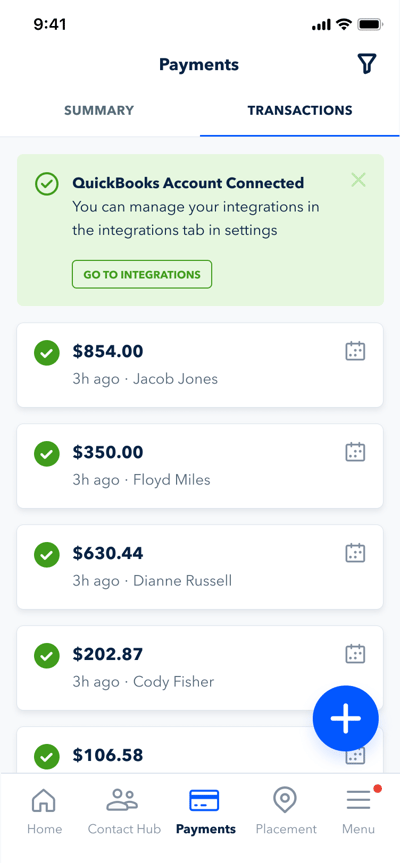 Source: GoSite Payments Integrates with QuickBooks
Source: GoSite Payments Integrates with QuickBooks
Benefits of using QuickBooks Payments include:
- Seamless integration with QuickBooks accounting software, simplifying payment reconciliation and financial reporting.
- Accept payments through invoicing, virtual terminals, or e-commerce integrations.
- Competitive pricing, with credit card fees starting at 2.4% + 25¢ per transaction and ACH fees at 1% per transaction (up to a maximum of $10).
QuickBooks Payments allows businesses to accept credit card payments and ACH bank transfers directly through their QuickBooks account.
GoSite
GoSite is our all-in-one platform designed to help small businesses grow their online presence.
In addition to website building and marketing tools, GoSite offers a payment processing solution called GoSite Payments.
Features of GoSite Payments include:
- Direct customer payment deposits into your checking account
- Integration with GoSite's suite of tools, including appointment scheduling and customer messaging
- Seamlessly integrates with Quickbooks and Stripe
- Secure payment processing with PCI compliance and fraud prevention
- Automated payment reminders through Payments and Messenger
By implementing one or more of our solutions, small businesses can offer their customers a variety of convenient payment options.
Small Business Payment Best Practices
Implementing best practices for accepting payments can help small businesses reduce risks, improve cash flow, and maintain a strong relationship with customers.
Here are six payment best practices for small business owners:
1. Track Everything.
Keeping accurate records of all transactions is crucial for maintaining your business's financial health and avoiding potential issues with the IRS. Avoid "under the table" or "off the books" agreements, as they can lead to miscommunication, disputes, and legal problems. Proper tracking also ensures you're prepared to handle any chargebacks that may occur, as you'll have a clear record of the transaction and related documentation.
When/If Chargebacks Occur, You’ll Be Ready
By keeping detailed records, you'll be better prepared to dispute any chargebacks and provide evidence supporting your case. This can help protect your business's revenue and reputation.
2. Get Approved Estimates, and then Convert Them Into Invoices.
For home services and skilled trades professionals, providing customers with an approved estimate before starting work can help prevent misunderstandings and ensure timely payment.
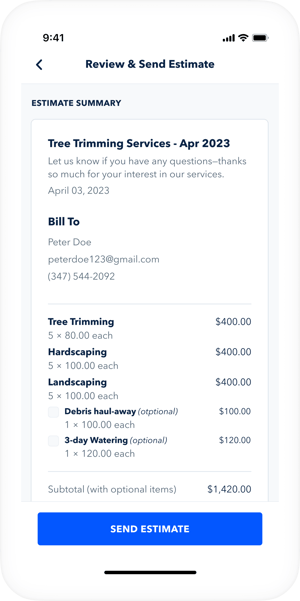
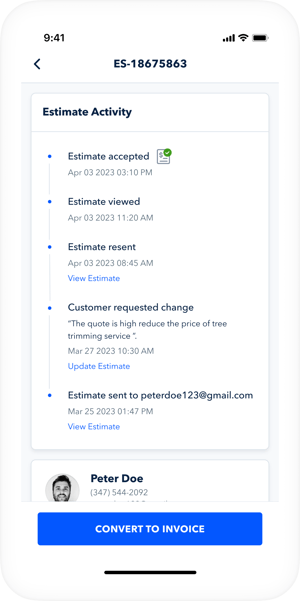
Source: GoSite Estimates
Once the work is completed, convert the estimate into an invoice and send it to the customer for payment.
3. Send Digital Receipts That Customers Can Access Anytime.
Offering digital receipts not only saves paper but also provides a convenient way for customers to access and store their transaction records.
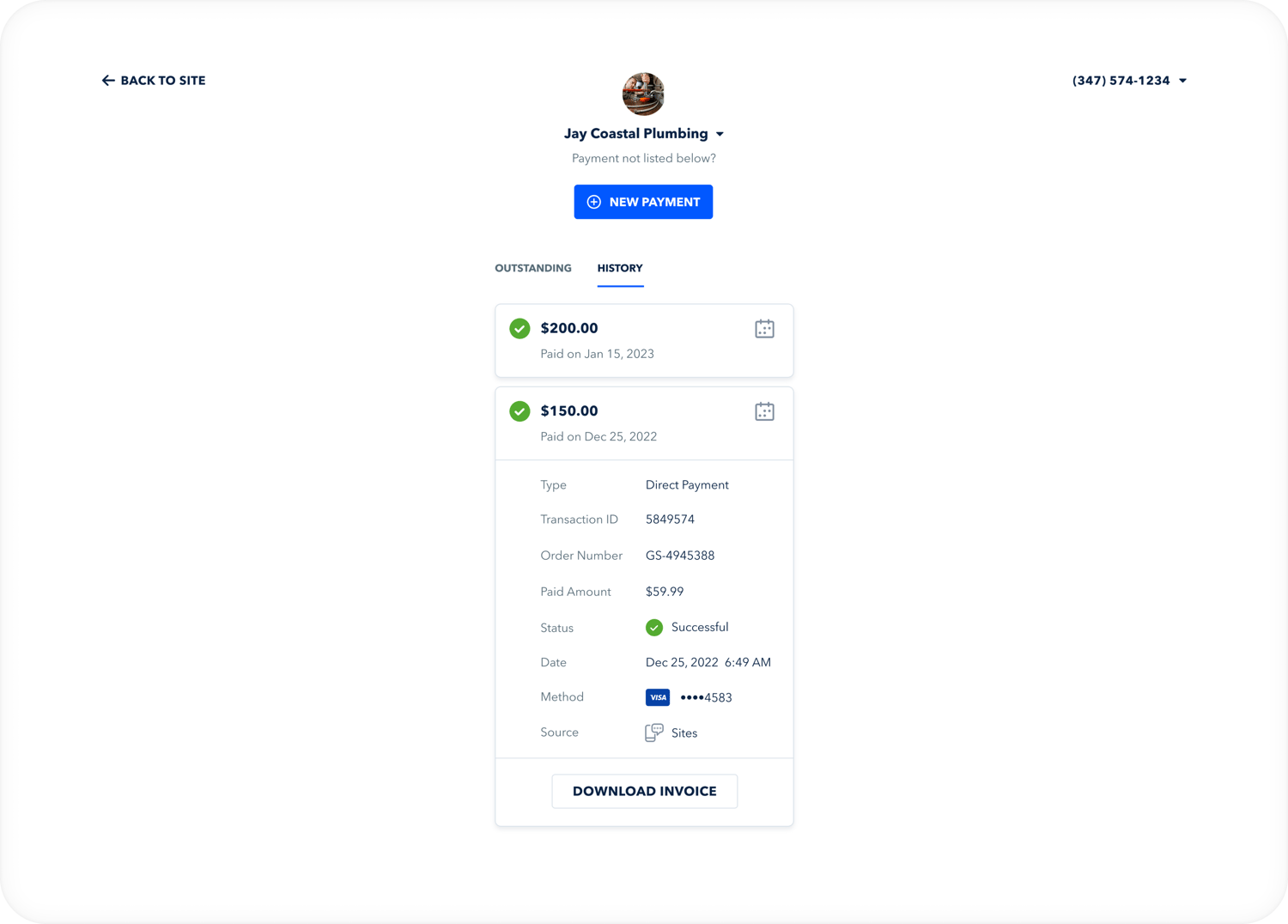 Source: GoSite Payments
Source: GoSite Payments
This function can help reduce disputes down the track and improve customer satisfaction substantially.
4. Send Text Invoices and Mobile-friendly Payment Links.
As more consumers rely on their smartphones for online payments – over 50%, according to DataReportal – offering mobile-friendly payment options can help improve the payment experience. Send invoices and payment links via text message, making it easy for customers to pay directly from their mobile devices.
5. Send Invoice Reminders. Always.
Forgetful customers are the number one reason for late payments – but with reminders in place, they don’t need to affect you.
To improve your cash flow, send invoice reminders via email or text message, prompting customers to make timely payments. Automated reminders can save time and effort while ensuring consistent follow-up.
6. For Large Payments for Services, Take a Deposit Upfront.
For home services and professional services businesses, requiring a deposit upfront can help secure the commitment from customers and reduce the risk of non-payment. Consider integrating an online booking system that allows customers to make a deposit as part of the appointment scheduling process.
Make It Easy for Yourself and Customers
In the end, the primary focus should be on offering the best experience for your customers. This includes providing a variety of payment options that cater to their needs and preferences, ensuring a smooth and convenient transaction process.
%20(1)%20(1).png?width=340&name=Group%2012%20(2)%20(1)%20(1).png)



